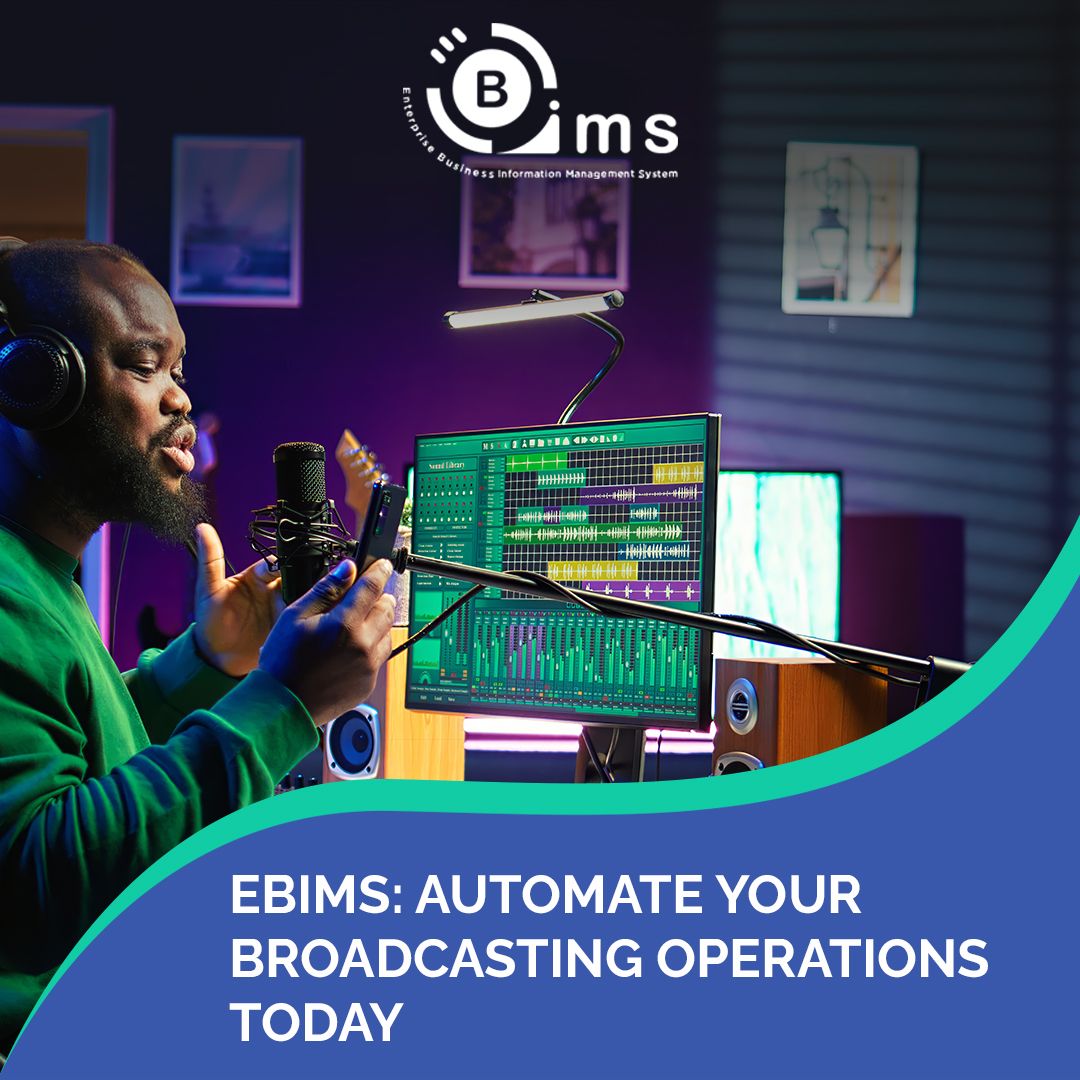The broadcasting industry has always thrived on innovation—from the golden days of radio to the rise of television and the digital revolution. Today, the next transformative leap is automation. With growing demands for seamless workflows, reduced operational costs, and data-driven programming, automation is rapidly becoming the backbone of Radio & TV Broadcasting.
Whether you’re in radio broadcasting, TV broadcasting, or managing both, the shift to automation is not just a trend—it’s the future. Let’s explore why broadcast automation software and Radio & TV automation software are redefining the way broadcasters work.
-
The Changing Landscape of Radio & TV Broadcasting
Traditionally, Radio & TV Broadcasting required large teams, complex manual processes, and significant time investment. Scheduling shows, managing ads, preparing playlists, and reporting on audience engagement were all handled manually.
However, with increased competition from digital platforms and streaming services, broadcasters need to work smarter, not harder. Automation allows them to reduce repetitive tasks and focus on what really matters—creating engaging content and enhancing audience experiences.
-
What is Broadcast Automation?
Broadcast automation is the use of technology and specialized software to streamline and manage broadcasting operations. By leveraging radio & TV broadcast management tools, broadcasters can automate programming, ad scheduling, traffic logs, invoicing, reporting, and even playout systems.
In simpler terms, broadcast automation software helps broadcasters run their stations with fewer manual interventions, ensuring efficiency, accuracy, and consistency across operations.
-
Why Automation is Becoming Essential
a) Efficiency and Accuracy
Automation eliminates repetitive manual work. From scheduling a radio playlist to organizing TV commercials, tasks that once took hours can now be completed in minutes with Radio & TV automation software.
b) Cost Reduction
Manual operations require more staff and resources. Automation reduces these costs by streamlining processes, enabling broadcasters to run leaner yet more effective operations.
c) Consistency in Broadcasting
Human errors like overlapping schedules or missed ad slots can lead to financial losses and a poor audience experience. Automation ensures reliability by keeping everything on track.
d) Adaptability to Market Demands
Modern broadcasting isn’t just about live shows—it’s about data-driven decisions. Automation tools provide real-time analytics, helping broadcasters adjust their strategies quickly.
-
Benefits of Automation in Radio Broadcasting
For radio broadcasting, automation is a game-changer. Here’s how:
- Automated Playlists: DJs and station managers can pre-schedule playlists, reducing manual intervention while maintaining variety.
- Ad Scheduling: Automation ensures ads run at the right time, maximizing revenue opportunities.
- Traffic & Reporting: Automated reports provide insights into listener preferences and ad performance.
- 24/7 Operation: Even without live staff, radio stations can broadcast seamlessly around the clock.
By leveraging Radio & TV Broadcasting Software, radio stations can operate more efficiently while focusing on creative content.
-
Benefits of Automation in TV Broadcasting
In TV broadcasting, automation impacts nearly every stage of the workflow:
- Programming and Scheduling: Broadcasters can easily manage complex schedules with multiple shows, ads, and breaks.
- Content Management: Automation helps organize large content libraries and ensures quick retrieval.
- Ad Insertion: With broadcast automation software, TV broadcasters can automatically insert ads at precise time slots, maximizing ad revenue.
- Regulatory Compliance: Automated logs and reports make it easier to stay compliant with industry regulations.
By integrating Radio & TV Broadcast Management systems, television channels can improve accuracy, reduce operational delays, and deliver a consistent viewer experience.
-
How Radio & TV Broadcast Management Works
At the core of automation is effective Radio & TV Broadcast Management. These platforms bring multiple aspects of broadcasting under one roof, including:
- Client Relationship Management (CRM)
- Programming & Scheduling
- Traffic Logs & Ad Management
- Invoicing & Billing
- Analytics & Real-Time Reporting
This all-in-one approach helps broadcasters optimize their workflows, eliminate silos, and maintain better control over their operations.
-
Why Broadcasters Are Turning to Cloud-Based Solutions
One of the most significant developments in automation is the rise of cloud-based Radio & TV automation software. Unlike traditional on-premise systems, cloud platforms offer:
- Remote Access: Teams can collaborate from anywhere, an essential feature for global media organizations.
- Scalability: Broadcasters can easily scale up or down based on business needs.
- Reduced IT Costs: No heavy infrastructure investment is required.
- Data Security: Cloud providers ensure high levels of security and backup, protecting sensitive media data.
Cloud-powered automation ensures flexibility and resilience, making it the go-to solution for forward-thinking broadcasters.
-
Real-World Impact of Broadcast Automation
Broadcasters adopting Radio & TV broadcasting software report:
- Faster turnaround times for programming and ad scheduling.
- Increased ad revenue due to precise placement and reduced missed slots.
- Enhanced audience satisfaction with consistent, error-free broadcasts.
- Better insights into content performance through advanced analytics.
Ultimately, automation empowers broadcasters to strike the right balance between creativity and operational efficiency.
-
The Future of Radio & TV Broadcasting with Automation
As digital disruption continues, automation will only grow more integral to broadcasting. Future developments may include:
- AI-Powered Scheduling: Using artificial intelligence to predict audience behavior and optimize programming.
- Personalized Content Delivery: Tailoring broadcasts to specific audience segments.
- Enhanced Data Analytics: Deeper insights to guide decision-making.
- Seamless Integration with Streaming Platforms: Bridging the gap between traditional broadcasting and digital media.
For broadcasters, adopting broadcast automation software isn’t just about keeping up—it’s about staying ahead.
Conclusion
The broadcasting industry stands at a turning point. In both radio broadcasting and TV broadcasting, automation is the key to greater efficiency, profitability, and relevance in a fast-changing media landscape.
By embracing Radio & TV broadcasting software, broadcast automation software, and cloud-based Radio & TV automation software, broadcasters can streamline workflows, reduce costs, and deliver exceptional experiences to their audiences.
